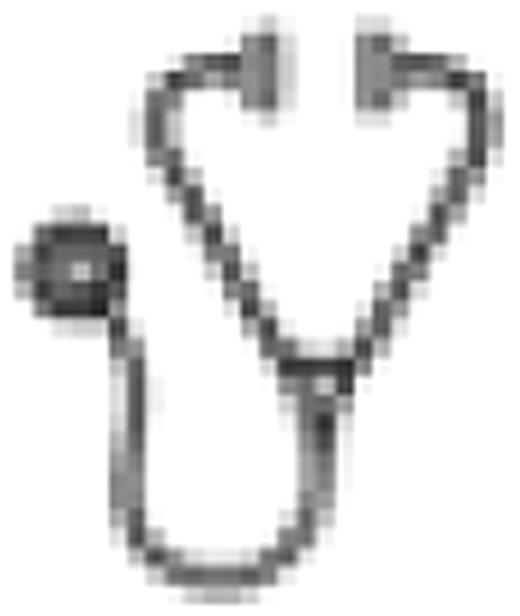Abstract
Abstract 246
Chronic graft versus host disease (cGvHD) remains a serious and potentially lethal complication following allogeneic hemopoietic stem cell transplants (HSCT). Imatinib may be a treatment option, because of its inhibitory activity on platelet derived growth factor (PDGF)(Svegliati Blood 2007; 110:237). Last year we reported a first feasibility study in 19 patients, receiving Imatinib as compassionate use for refractory cGVHD, with encouraging results (Blood 2009;114:709). We have treated an additional 25 patients (with Imatinib supplied by Agenzia Italiana del Farmaco-AIFA) using similar inclusion/exclusion criteria, and are now reporting response rates on 44 patients, with a median follow up of 31 months.
Overall 44 patients with cGVHD, refractory to two or more lines of therapy, including steroids, have been consecutively enrolled: 29 were male and 15 female, with median age 38 years (range 10–67). Median duration of cGVHD was 35 (range 6–148) months and all patients received ≥2 lines of therapy, (22 previously treated with ECP and/or Rituximab). The main cGVH targets were represented by lung in 19 patients (Bronchiolitis Obliterans Pneumonia/fibrosis), skin in 38 (generalized scleroderma in 17 and localized in 21); 17 patients had Sicca Syndrome, 9 other visceral manifestations and one severe eosinophilic fasciitis. Imatinib administration was planned for a minimum of 6 months and all patients received the same schedule of Imatinib: in absence of severe toxicity the initial dose of 100 mg/day was increased to 200 mg/day and if no response occurred the dose was increased up to 400 mg/day. The median duration of treatment was 24 months (6-40) and 23 patients are still on Imatinib.
the treatment was well tolerated (41 patients were able to complete the treatment for at least 6 months) and we did not observe toxic deaths; the haematological toxicity was mild, only one patient developing a grade 3 anemia, while the main grade 3–4 extrahematological adverse events were infections (3 pneumonia and 1 John Cunningham Virus infection) or fluid retention (2 cases). The response rate (excluding minor responses), evaluated according to the NIH criteria, was 59%, both at 6 months and at 12 months after the start of treatment. In 5 patients we observed the relapse of the underlying disease, while two developed a second tumor (1 diffuse large cell lymphoma and 1 spinocellular carcinoma). With a median follow-up of 31 months (8-40) 33 patients are alive (OS=75 %) and 11 patients died: causes of death were the underlying disease (n=5), second tumour (n=2), and cGVHD (n=4) (2 due to GVHD progression and 2 due to infections). Twenty patients of the original 44 (45%) are still maintaining a response to Imatinib, without requiring additional treatment; 13/44 (29%) are recorded as responders, but, after further treatment. Purified immunoglobulins from 8 patients have now been evaluated for their ability to induce Reactive oxygen species (ROS) output in PDGF-R+ve murine fibroblasts, before and during Imatinib treatment, by using the same methodology previously published)(Svegliati Blood 2007;110:237); at baseline we confirmed the high ROS output in all evaluable patients; interestingly the IgG samples from 4 patients responding to Imatinib, showed a significantly reduced ability to increase ROS output; on the contrary 3 out of the 4 IgG samples from patients refractory to Imatinib, showed a persistence of the ability to trigger the ROS output during treatment with Imatinib.
In conclusion we can confirm safety and efficacy of Imatinib in this larger series of patients with steroid-refractory cGVHD, with promising OS. Whether this benefit is mainly due to the anti-fibrotic effect or to an immunomodulatory effect (or both) induced by Imatinib, remains to be determined. This work has been partly supported by AIFA.
Leoni:Celgene: Honoraria.

This icon denotes an abstract that is clinically relevant.
Author notes
Asterisk with author names denotes non-ASH members.

